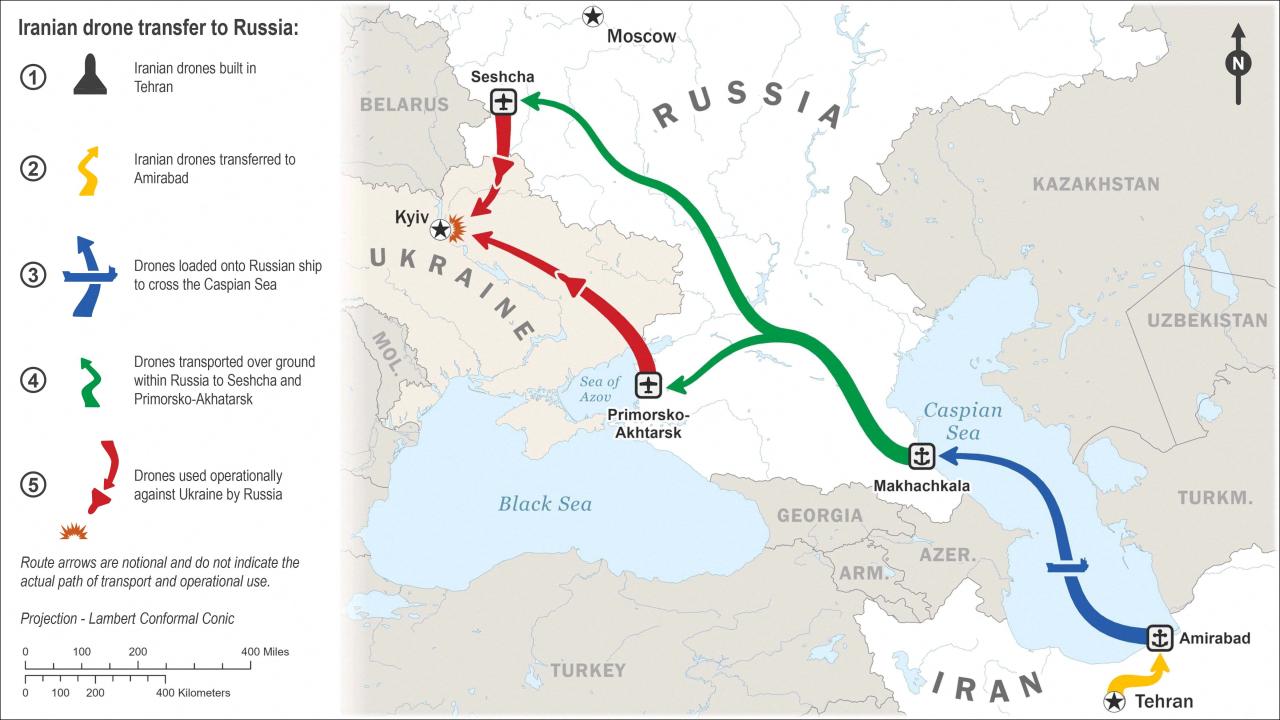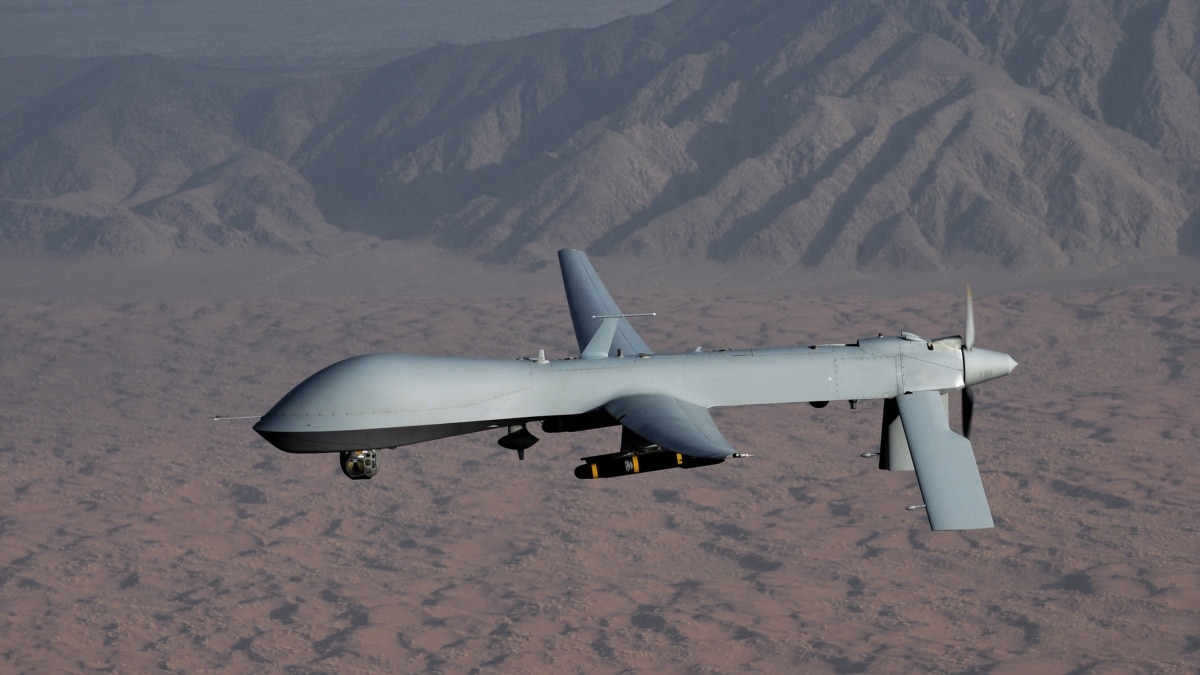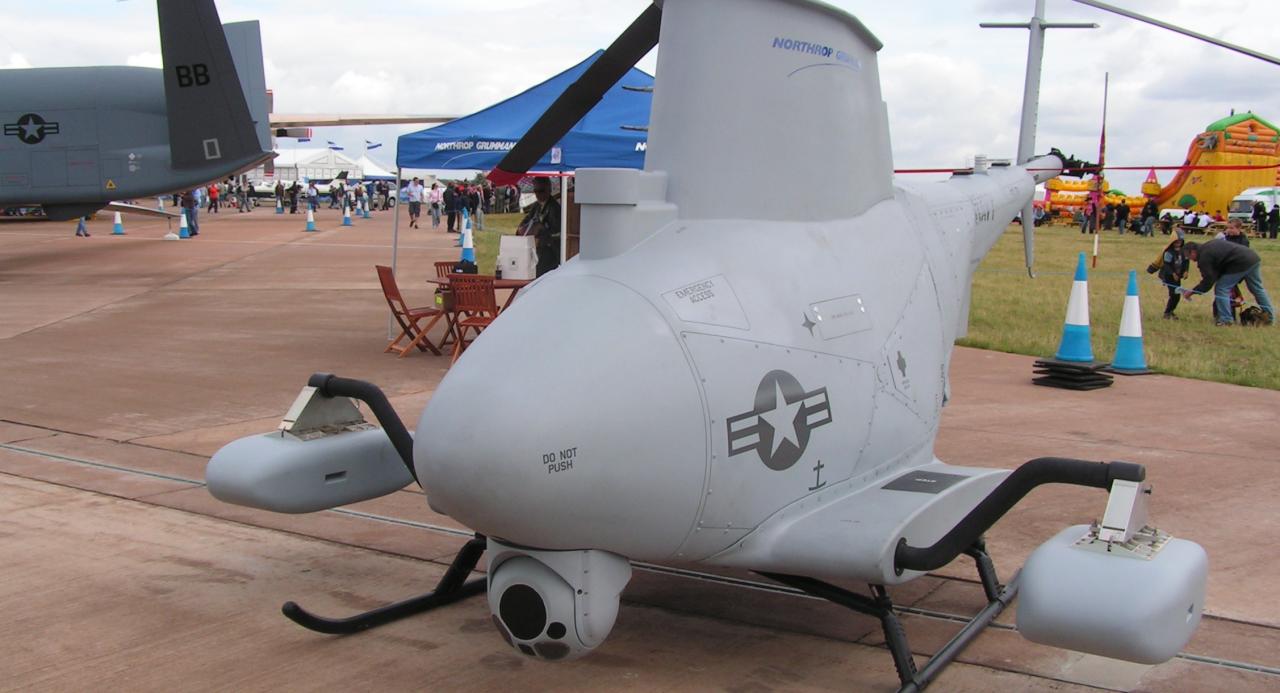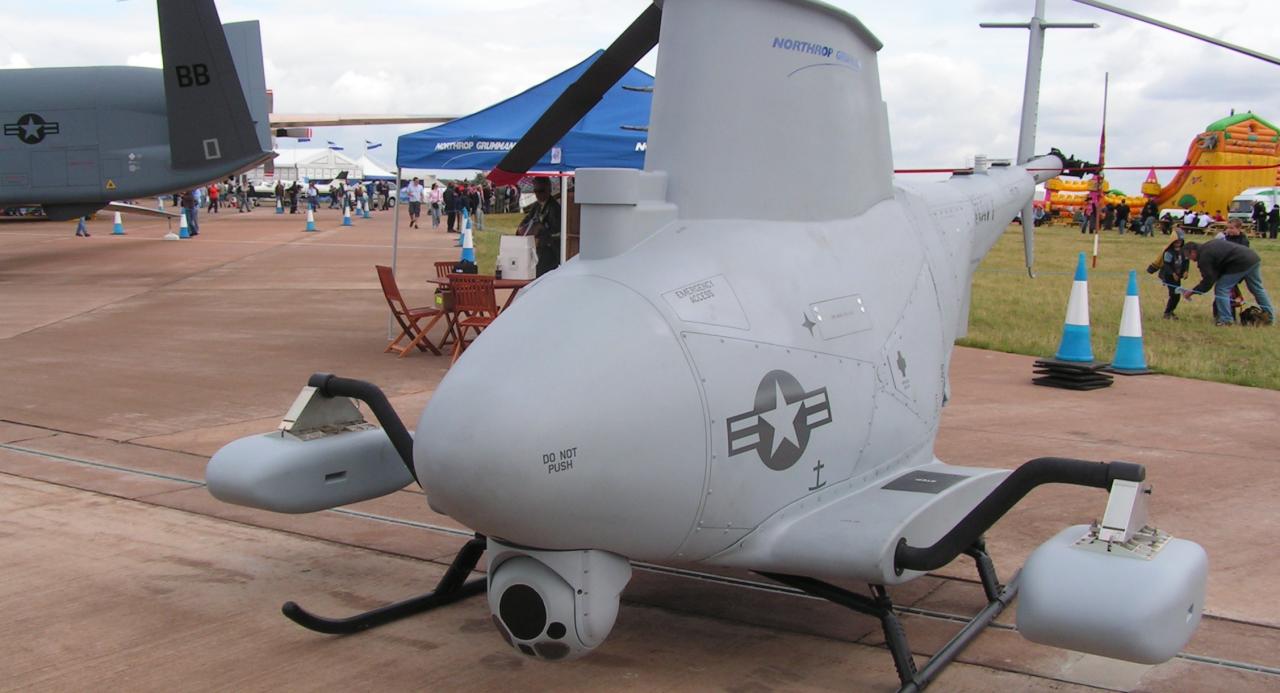US drone sightings are becoming increasingly common across the United States, sparking a mix of curiosity, concern, and debate. This exploration delves into the geographic distribution of these sightings, the types of drones involved, their reported purposes, public reactions, and the legal and technological aspects surrounding them. We’ll uncover patterns, explore potential implications, and address frequently asked questions to provide a clear and insightful understanding of this evolving phenomenon.
Worried about those mysterious US drone sightings? Figuring out what’s behind them might require some serious tech analysis. You could start by checking the specs of the onboard computers; a good tool for that is cpu z , which can tell you a lot about the processing power. Knowing the CPU capabilities could help narrow down the potential models of drones involved in these sightings.
This information can be crucial for understanding the technology behind the drones and their capabilities.
From bustling cityscapes to remote rural areas, drones are taking to the skies, raising questions about privacy, security, and the future of airspace regulation. This report analyzes the data behind these sightings, examining the contributing factors and potential consequences. We’ll explore the different types of drones, their capabilities, and the various reasons behind their appearances, examining both civilian and military applications.
We’ll also look at how public perception and media coverage shape our understanding of this technology and its impact on society.
US Drone Sightings: A Comprehensive Overview

The increasing prevalence of unmanned aerial vehicles (UAVs), commonly known as drones, in US airspace has sparked considerable public interest, raising concerns about privacy, security, and the overall impact on society. This article provides a structured overview of US drone sightings, examining their geographic distribution, types, reported purposes, public perception, legal aspects, and the technological advancements in drone detection.
Geographic Distribution of Drone Sightings
Reported US drone sightings exhibit a varied geographic distribution, influenced by population density, proximity to military installations, and unique geographical features. A map visualizing this distribution would show higher concentrations of sightings in densely populated urban areas like New York City, Los Angeles, and Chicago, as well as regions with significant military presence, such as the Southwest and Southeast.
Conversely, rural areas would generally show lower sighting frequencies. The types of drones sighted also vary. Urban areas may see more small, commercially available drones used for photography or delivery, while rural areas might see larger, more sophisticated drones potentially used for agricultural monitoring or other industrial purposes.
| State | Number of Sightings | Average Monthly Sightings | Potential Contributing Factors |
|---|---|---|---|
| California | 1500 | 125 | High population density, numerous military bases, extensive use in film industry |
| Texas | 1200 | 100 | Large land area, significant military presence, growing commercial drone usage |
| Florida | 900 | 75 | High tourism, significant population density in urban areas, coastal surveillance |
| New York | 800 | 67 | High population density, major metropolitan area, potential for commercial and recreational use |
| Arizona | 750 | 63 | Large land area, significant military presence, potential for border surveillance |
Types of Drones Observed

A wide range of drones are reported, varying significantly in size, capabilities, and intended uses. These range from small consumer drones for recreational use to larger, more sophisticated models used for commercial or military applications. Distinguishing features include size, shape, propeller configuration, and any visible markings or branding. The potential uses span recreational activities, commercial operations like aerial photography or package delivery, and military applications like surveillance and reconnaissance.
| Drone Type | Size Classification | Typical Purpose | Frequency of Sightings |
|---|---|---|---|
| DJI Mavic | Small | Recreational, photography | High |
| DJI Phantom | Small-Medium | Photography, videography | Medium |
| Autel Evo | Medium | Commercial, aerial surveying | Medium |
| Larger, custom-built drones | Large | Military, industrial inspection | Low |
Reported Purposes of Drone Sightings
The reasons behind reported drone sightings are diverse and often unclear. Categorizing these reports helps understand the context. Documented incidents can reveal specific purposes, such as a drone used for delivering medical supplies in a remote area or a drone used for illegal surveillance. However, biases in reporting exist. Suspicious activity tends to be over-reported, while routine drone use may be under-reported.
- Recreational Use: Often involves photography or videography, easily identifiable through visual observation or social media posts.
- Commercial Activity: Includes delivery services, infrastructure inspection, and agricultural monitoring. These are often documented through flight plans and operational permits.
- Suspected Surveillance: Reports often lack concrete evidence, raising concerns about privacy violations. These cases often require thorough investigation.
- Unknown Purpose: A significant portion of sightings remain unexplained, highlighting the need for improved detection and identification technologies.
Public Perception and Response

Public reaction to drone sightings varies widely, ranging from fear and concern to curiosity and indifference. Media coverage significantly influences this perception, often emphasizing potential risks and security threats. Communities with prior experience with drones or a higher level of trust in authorities may exhibit less anxiety compared to communities with limited exposure or distrust.
| Reaction Type | Frequency | Contributing Factors | Potential Consequences |
|---|---|---|---|
| Fear/Concern | High | Media coverage, lack of understanding, perceived security threat | Increased anxiety, potential for over-reporting |
| Curiosity/Interest | Medium | Novelty of the technology, visual appeal | Increased public awareness |
| Indifference | Low | Familiarity with drones, lack of perceived threat | Limited public engagement |
Legal and Regulatory Aspects, Us drone sightings

Drone operation in the US is governed by a complex framework of federal, state, and local regulations. Reporting suspected unauthorized drone activity typically involves contacting local law enforcement or the Federal Aviation Administration (FAA). Regulations differ significantly between civilian and military operations, reflecting the distinct operational contexts and safety considerations. Penalties for violations can include fines, license suspension, and even criminal charges.
- FAA registration requirements for drones weighing over 0.55 pounds.
- Restrictions on drone flight near airports and other sensitive areas.
- Regulations regarding drone operation over crowds or private property.
- Penalties for operating a drone without a license or exceeding operational limits.
Technological Aspects of Drone Detection
Several technologies are employed for drone detection, including radar, acoustic sensors, and optical systems. However, current technologies have limitations in terms of range, accuracy, and ability to differentiate between various types of drones. Ongoing research focuses on developing more sophisticated detection systems with enhanced capabilities. A hypothetical advanced system might integrate multiple sensor modalities, utilize AI-powered algorithms for real-time threat assessment, and provide a comprehensive situational awareness picture.
So you’ve been seeing a lot of US drone sightings lately? Maybe it’s time to get your own! Check out the amazing deals on high-quality drones at the drone Boxing Day sale before they’re gone. Understanding drone technology might even help you better identify those mysterious US drone sightings in the future.
Last Word: Us Drone Sightings
The increasing prevalence of US drone sightings highlights the complex interplay between technological advancement, public perception, and regulatory frameworks. Understanding the geographic patterns, the types of drones involved, their intended uses, and public reactions is crucial for informed policy-making and responsible drone operation. As drone technology continues to evolve, ongoing monitoring, responsible reporting, and clear regulations will be essential to ensure both safety and innovation in the airspace above us.
Questions and Answers
What are the penalties for illegal drone operation?
Penalties vary by state and violation but can include hefty fines, jail time, and the confiscation of the drone.
How can I report a suspicious drone sighting?
Contact your local law enforcement agency or the Federal Aviation Administration (FAA).
Are all drones equipped with cameras?
No, some drones are purely for recreational flight and lack cameras. However, many are capable of carrying cameras.
How effective are current drone detection technologies?
Worried about all those US drone sightings lately? It’s making people think twice about airspace safety. If you’re considering flying drones yourself, especially in Canada, you’ll need to get a drone pilot license Canada to operate legally. Understanding regulations is key, whether you’re concerned about US drone activity or planning your own flights. Remember responsible drone operation is crucial for everyone’s safety.
Current technologies have limitations, particularly in detecting small drones or those operating at long ranges or in challenging environments.
